
A Glimpse of the Future
From the Editor Melissa Rysak, editorrysak@parking-mobility.orgAt the IPMI Leadership Summit
Share:
Share:
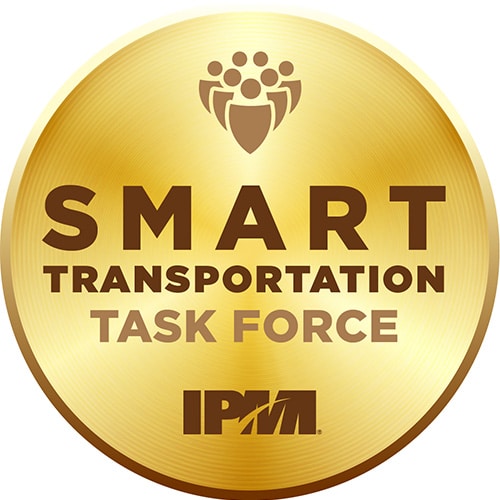
In December 2015, the U.S Department of Transportation launched the Smart City Challenge, asking mid-sized cities across America to develop ideas for the integrated, first-of-its-kind smart transportation system that would use data, applications, and technology to help people and goods move more quickly, cheaply, and efficiently. 78 applicant cities shared their challenges and ideas for how to tackle them. Then, seven finalists worked with DOT to further develop their ideas. Ultimately, the City of Columbus, Ohio won the Challenge and was awarded $40 million and another $65 million was divided among finalist cities.
The City of Columbus, Ohio, home of the 2024 IPMI Parking & Mobility Conference & Expo, won the USDOT Smart City Challenge out of 78 applicants.
While the cities were diverse, many of the 78 applicants faced similar challenges:
In response to these challenges:
How much progress has our industry made in the eight years since the DOT initiated the Challenge and invested over $100 million? How have the finalist cities fared and how much more is being done outside of the initial set of awardees? Have smart transportation solutions become as ubiquitous as sustainability in parking, transportation and mobility or did COVID-19, the lack of enough funding, public private partnerships, or lack of proven technology impede our collective advancement of ideas and promises articulated by a handful of visionary, optimistic, and creative city leaders who pitched their ideas back in 2015? Do we all understand what smart transportation entails and what goals might be advanced through its implementation? And if we agreed on these goals, what smart transportation activities might we pursue?
In late 2022, IPMI brought together a task force of volunteers to seek answers to these questions with the hope of furthering smart transportation broadly, well beyond the small but important group of Challenge applicants back in 2015. More specifically, the task force charge is to identify ways in which IPMI can support the promotion of smart transportation for the benefit of member organizations and their parking, transportation, and mobility constituents.
The Task Force determined that its primary deliverable would be a published practitioners guide to smart transportation that identifies best practices through real world solutions in place across IPMI’s membership. The guide will be case studies focused on financial, policy, implementation and technical detail using a comprehensive framework and anticipated goals as detailed below.
A two-year timeline was also established for the group to complete its work.
The logical starting point for the Task Force was to evaluate various definitions for smart transportation and select a definition most applicable to parking and mobility professionals. This required stepping back to consider smart city definitions and then placing within a shared construct of the smart city, a workable, cogent, and applicable definition of smart transportation.
IBM defines a smart city as “one that makes optimal use of all the interconnected information available to better understand and control its operations and optimize the use of limited resources.” A smart city uses a framework of information and communication technologies to create, deploy and promote development practices to address urban challenges and create technologically enabled and sustainable infrastructure.
Smart transportation has been defined as taking a data-driven approach to using existing and emerging technologies and innovations in mobility management to make moving around a city more convenient, more cost effective (for both the city and the individual), and safer.
While instructive, these definitions were viewed as limited and lacking breadth. The Task Force also included additional specific outcomes, modernizing its Smart Transportation definition as follows:
Smart transportation means people-centered, and problem-driven technology enabled solutions in mobility management to make the movement of people and goods across all modes more convenient, resource efficient, safe, and secure, and equitable.
Convenient: Technology solutions should be used to make mobility more convenient for end users. Regardless of the mode, transportation and mobility consumers expect streamlined, intuitive, and understandable information and processes and in many cases, technology should be used to automate as many processes as possible.
Safe: Personal safety is paramount to many, especially in larger metropolitan areas, late at night, in isolated circumstances or when traveling to unfamiliar places. Technology solutions should promote and support safety by providing accurate and timely information, and ease of access to transportation and mobility services.
Secure: Technology should improve and not degrade accuracy while protecting confidential personal and financial information.
Equitable: Equity in transportation seeks fairness in mobility and accessibility to meet the needs of all community members. Smart transportation solutions must account for fairness and promote it where possible.
Resource Efficient: A critical overarching goal of smart transportation is for technology solutions and innovations to be resource efficient. This can mean either reducing operational costs, improving revenue generation or both. Solutions that are convenient, safe, secure, equitable but unaffordable do not promote smart transportation.
With smart transportation defined and goals identified, the Task Force identified common smart transportation activity types or pillars to create a comprehensive view of the types of initiatives an organization might consider.
Smart transportation activities or pillars provide a framework for considering the multitude of things an organization might do if it has interest in advancing smart transportation. In the forthcoming Guidebook, activities will be associated with goals so that an organization can be steered towards activities most likely to achieve certain specific goals. Relating activities and goals will help organizations determine which activities are most impactful or need adjustment.
Regular Coordinated Data Collection & Analysis: Today’s technology provides for the collection and analysis of significant amounts of data and in many cases in real time. Coordinated data collection and analysis means aggregating disparate data sources into a single system so that information is less siloed. Analysis must be provided at multiple levels from operational to strategic improving decision-making processes.
First & Last Mile Service: First and last mile service refers to establishing connection points typically between parking or transit facilities and final destinations. Activities that use technology to promote first and last mile service might include the mode itself or the tool or application for connecting modes.
Limiting Impact of Climate Change: The full breadth of technology-enabled sustainability activities are undertaken to limit the impact of climate change. This includes reducing consumption of resources, generating energy, and limiting carbon emissions.
Movement of People and Goods: This overarching activity group involves moving people and goods and for the purposes of IPMI, is not likely to include all movement types (shipping, long-haul air travel, long-haul trucking, etc.) but may include air travel to move people and goods within an urban area (drones launched from parking structures, for example).
Maximizing Parking Efficiency: This activity seeks to maximize the number of parking events per parking space over a period or to increase the density of parking per a given area of land. Activities can also improve how parking is found and how entry and exit is facilitated to reduce congestion and/or queueing and dwell time.
Optimizing Traffic Flow: Similar to parking efficiency, these are activities that optimize traffic flow to reduce congestion. Typically, technology is used to improve traffic signalization, traffic queuing and modal prioritization.
IPMI’s Task Force Goal: The many laudable plans offered by the 2015 Smart City Challenge applicants envisioned many positive and desirable outcomes and the lessons learned offer a meaningful path forward for organizations, entities and communities seeking to improve mobility convenience, safety, security, equity, and resource utilization. Technology companies have also responded by providing tools, programs, and services to facilitate these desired outcomes. IPMI’s goal in establishing the Smart Transportation Task Force is to help its members advance smart transportation guided by previous work and lessons learned through the development and publication of the Smart Transportation Guidebook which is expected to be released mid-2024. ◆
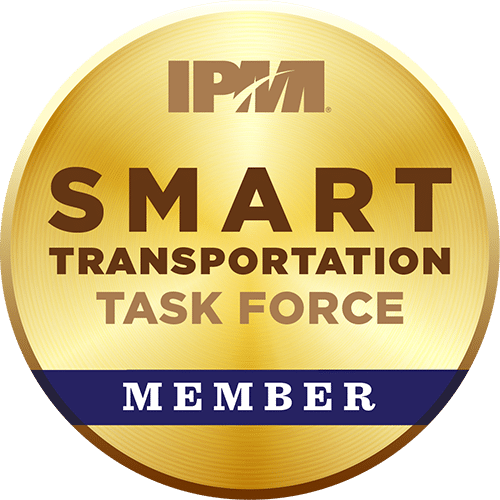
Casey Jones, CAPP, PMP, is Senior Director of Customer Success at FLASH, a member of the IPMI Board of Directors, and Co-Chair of IPMI’s Smart Transportation Task Force.

Maria Irshad, CAPP, MPA, is Deputy Director for the City of Houston, a member of IPMI’s Board of Directors, and Co-Chair of IPMI’s Smart Transportation Task Force.
stock.adobe.com / Yan / shutterstock / VectorButtons

From the Editor Melissa Rysak, editorrysak@parking-mobility.orgAt the IPMI Leadership Summit
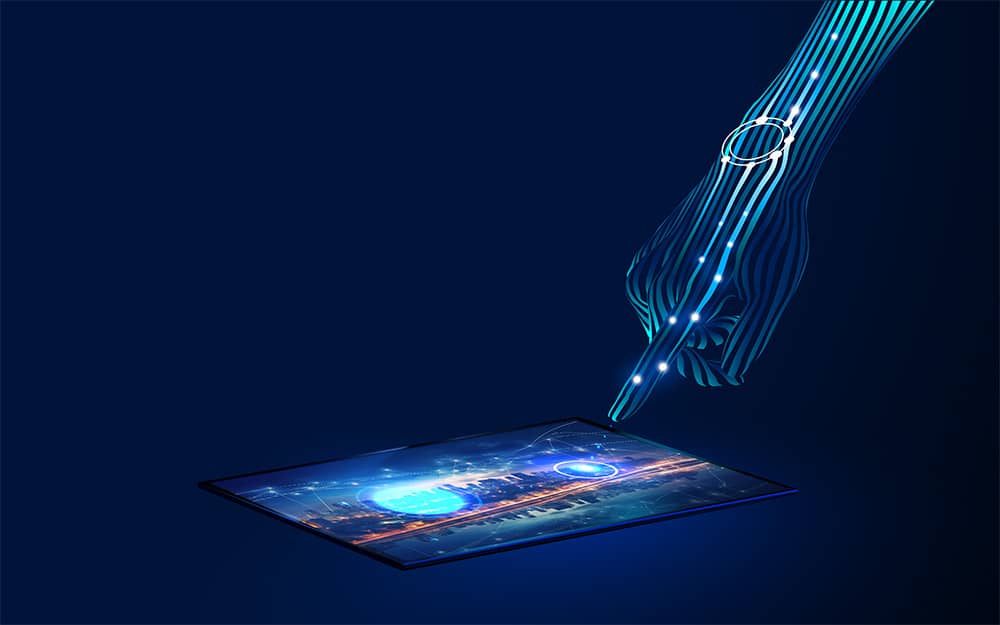
The Transformative Era of Urban Mobility
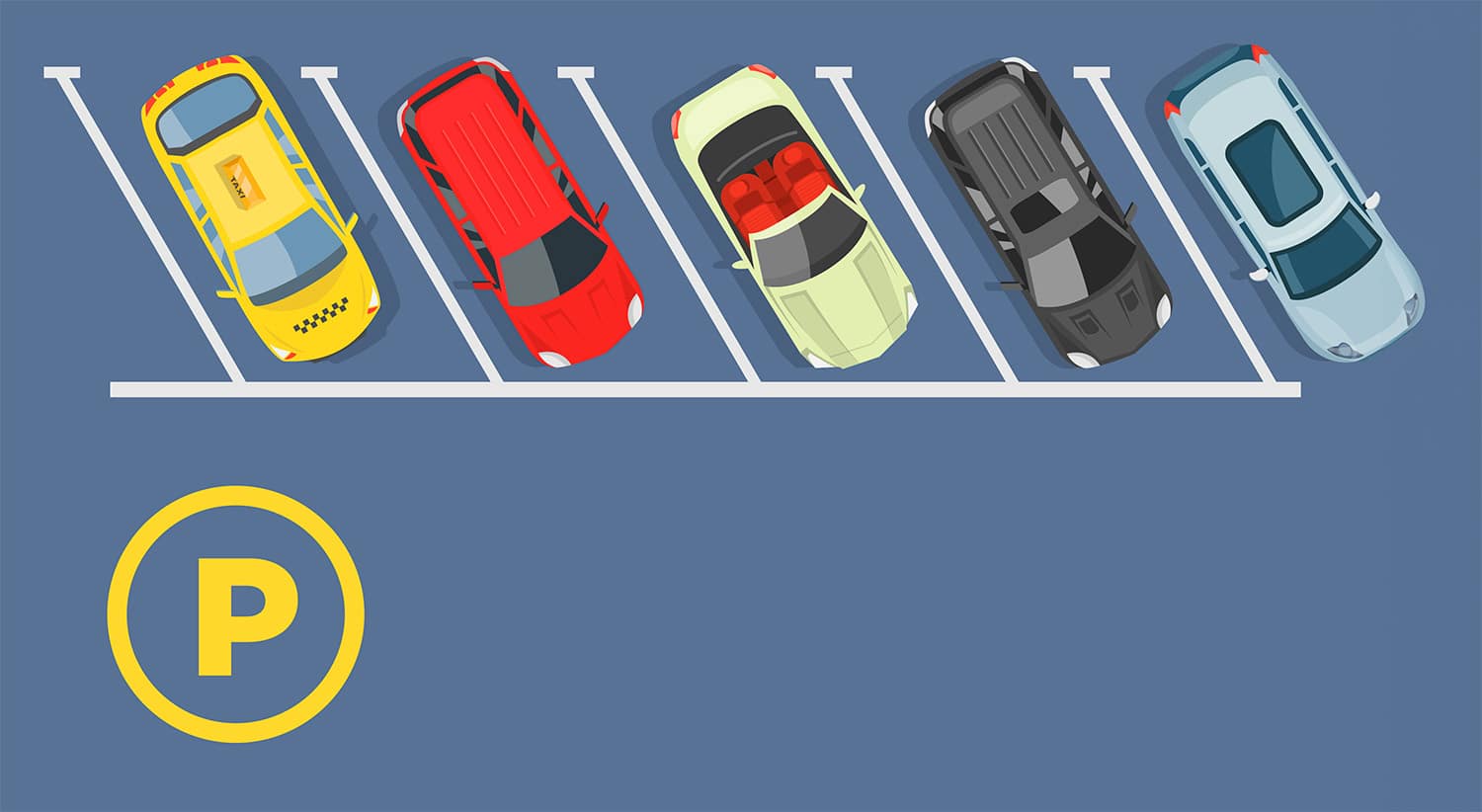
The Parking Aggregator Advantage
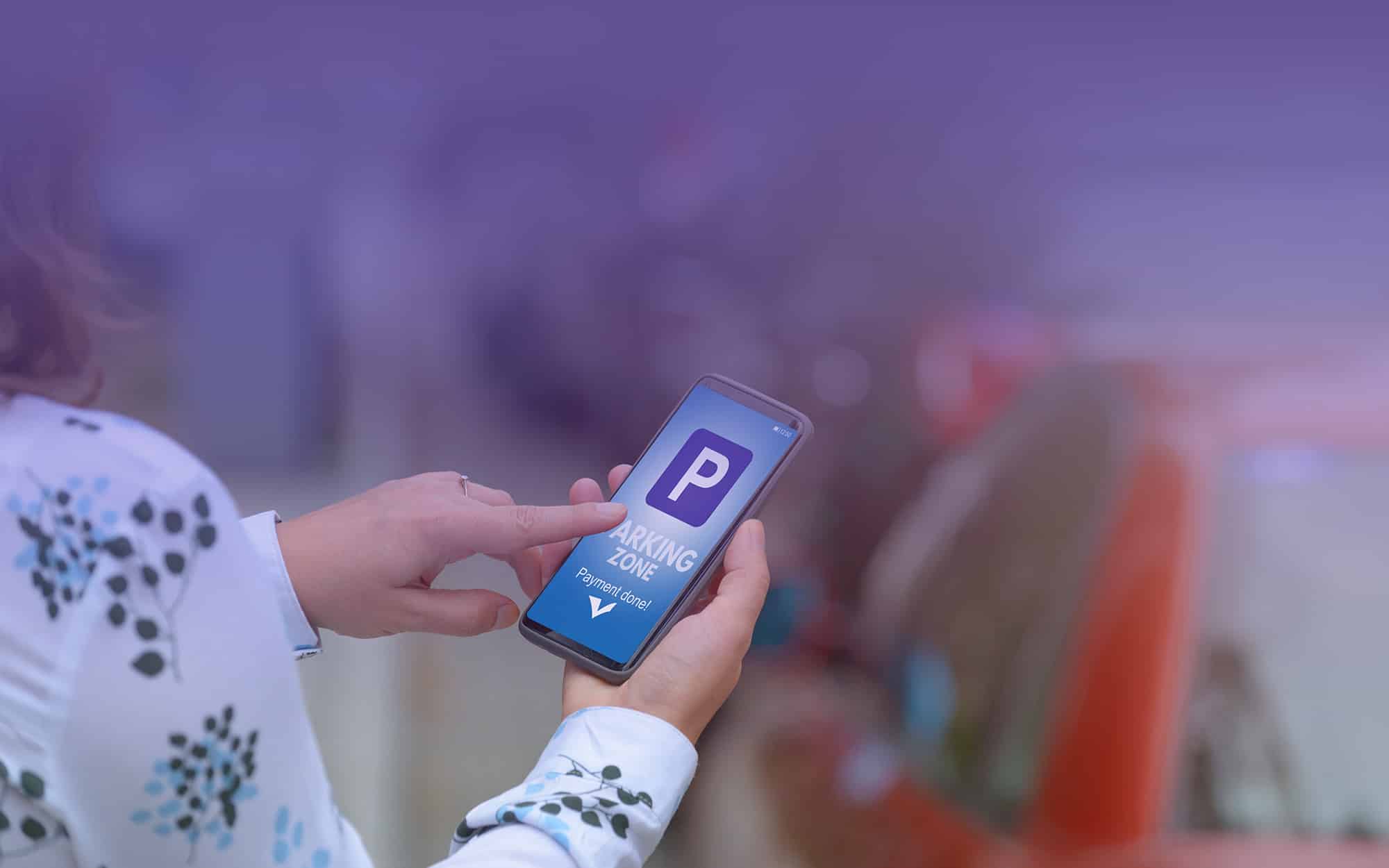
Hollywood, Florida Modernizes Its Parking By Embracing the Newest Technology
Parking & Mobility is IPMI’s flagship publication, covering the news, trends, analysis, technologies, and people of the parking and mobility industry, and how it affects and influences communities around the world.
| Cookie | Duration | Description |
|---|---|---|
| cookielawinfo-checkbox-advertisement | 1 year | Set by the GDPR Cookie Consent plugin, this cookie is used to record the user consent for the cookies in the "Advertisement" category . |
| cookielawinfo-checkbox-analytics | 11 months | This cookie is set by GDPR Cookie Consent plugin. The cookie is used to store the user consent for the cookies in the category "Analytics". |
| cookielawinfo-checkbox-functional | 11 months | The cookie is set by GDPR cookie consent to record the user consent for the cookies in the category "Functional". |
| cookielawinfo-checkbox-necessary | 11 months | This cookie is set by GDPR Cookie Consent plugin. The cookies is used to store the user consent for the cookies in the category "Necessary". |
| cookielawinfo-checkbox-others | 11 months | This cookie is set by GDPR Cookie Consent plugin. The cookie is used to store the user consent for the cookies in the category "Other. |
| cookielawinfo-checkbox-performance | 11 months | This cookie is set by GDPR Cookie Consent plugin. The cookie is used to store the user consent for the cookies in the category "Performance". |
| CookieLawInfoConsent | 1 year | Records the default button state of the corresponding category & the status of CCPA. It works only in coordination with the primary cookie. |
| elementor | never | This cookie is used by the website's WordPress theme. It allows the website owner to implement or change the website's content in real-time. |
| viewed_cookie_policy | 11 months | The cookie is set by the GDPR Cookie Consent plugin and is used to store whether or not user has consented to the use of cookies. It does not store any personal data. |
| Cookie | Duration | Description |
|---|---|---|
| _ga | 2 years | The _ga cookie, installed by Google Analytics, calculates visitor, session and campaign data and also keeps track of site usage for the site's analytics report. The cookie stores information anonymously and assigns a randomly generated number to recognize unique visitors. |
| _ga_02PMHW8YWC | 2 years | This cookie is installed by Google Analytics. |
| _ga_LC0QJJHM3J | 2 years | This cookie is installed by Google Analytics. |
| _ga_V9KYTSBYT2 | 2 years | This cookie is installed by Google Analytics. |
| iutk | 5 months 27 days | This cookie is used by Issuu analytic system to gather information regarding visitor activity on Issuu products. |
| Cookie | Duration | Description |
|---|---|---|
| mc | 1 year 1 month | Quantserve sets the mc cookie to anonymously track user behaviour on the website. |
| Cookie | Duration | Description |
|---|---|---|
| ultp_view_1052 | 1 day | No description |
| ultp_view_1058 | 1 day | No description |
| ultp_view_1060 | 1 day | No description |
| ultp_view_1064 | 1 day | No description |
| ultp_view_1068 | 1 day | No description |
| ultp_view_1070 | 1 day | No description |
| ultp_view_1072 | 1 day | No description |
| ultp_view_1078 | 1 day | No description |
| ultp_view_1082 | 1 day | No description |
| ultp_view_1088 | 1 day | No description |
| ultp_view_1100 | 1 day | No description |
| ultp_view_1103 | 1 day | No description |
| ultp_view_1114 | 1 day | No description |
| ultp_view_1118 | 1 day | No description |
| ultp_view_1122 | 1 day | No description |
| ultp_view_1125 | 1 day | No description |
| ultp_view_1130 | 1 day | No description |
| ultp_view_1132 | 1 day | No description |
| ultp_view_1135 | 1 day | No description |
| ultp_view_1541 | 1 day | No description |
| ultp_view_1554 | 1 day | No description |
| ultp_view_1557 | 1 day | No description |
| ultp_view_1560 | 1 day | No description |
| ultp_view_1563 | 1 day | No description |
| ultp_view_1568 | 1 day | No description |
| ultp_view_1572 | 1 day | No description |
| ultp_view_1576 | 1 day | No description |
| ultp_view_1580 | 1 day | No description |
| ultp_view_2305 | 1 day | No description |
| ultp_view_2321 | 1 day | No description |
| ultp_view_2338 | 1 day | No description |
| ultp_view_2342 | 1 day | No description |
| ultp_view_259 | 1 day | No description |
| ultp_view_270 | 1 day | No description |
| ultp_view_275 | 1 day | No description |
| ultp_view_286 | 1 day | No description |
| ultp_view_3074 | 1 day | No description |
| ultp_view_3115 | 1 day | No description |
| ultp_view_3334 | 1 day | No description |
| ultp_view_3336 | 1 day | No description |
| ultp_view_3338 | 1 day | No description |
| ultp_view_3340 | 1 day | No description |
| ultp_view_3346 | 1 day | No description |
| ultp_view_3354 | 1 day | No description |
| ultp_view_3361 | 1 day | No description |
| ultp_view_3367 | 1 day | No description |
| ultp_view_365 | 1 day | No description |
| ultp_view_367 | 1 day | No description |
| ultp_view_38 | 1 day | No description |
| ultp_view_3846 | 1 day | No description |